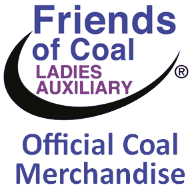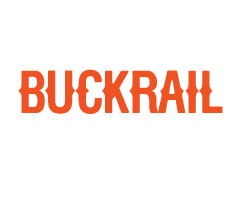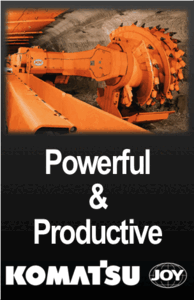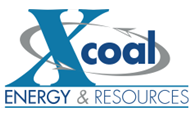
 











|
Signature Sponsor


October 6, 2025 - As Wyoming looks to revitalize the coal industry, Governor Mark Gordon discussed the new policies and technologies aimed at boosting production and capturing CO2 emissions during a press conference on Tuesday, Sept. 30. Gordon explained that President Trump’s Big Beautiful Bill will expedite coal leasing and “lift barriers to coal mining on federal lands.” According to the U.S. Department of the Interior, the bill added provisions to reduce the coal royalty rate from 12.5% to 7%, which significantly decreases the per-ton cost of producing coal. The legislation also included a mandate to lease 4 million acres of public lands with known coal reserves, with 3.1 million federal acres now available in North Dakota, Montana, Utah and Wyoming for coal leasing.
A coal mine in the Power River Basin, Wyoming. Photo: U.S. Geological Survey Gordon said that the reduced royalty rate of 7% will allow companies to pay the government less for extracting coal from public lands. He said that coal producers now have the potential to extend production in plants previously scheduled for closure. “Extending the life of coal-fired power plants is good for consumers, grid reliability and coal communities,” Gordon said. “It’s important for the security of our country to be able to provide the resources that are necessary for the future.” Gordon emphasized that artificial intelligence (AI) data centers will cause a surge in future electricity demands. Recent reports have claimed that a new AI data center near Cheyenne, at its full 10 gigawatt capacity, would consume about five times more electricity than all of Wyoming’s homes combined, according to the Associated Press. Gordon said that this presents an opportunity for the state to retain and use its domestically generated electricity, allowing “Wyoming to manage its own future.” When asked if other sources of electricity, including solar and wind, will be used in conjunction with coal to address Wyoming’s growing need for energy, Gordon told Buckrail that it is important to integrate all of Wyoming’s energy sources “in a way to maximize the benefit,” while not using up all of the water. “Not only do we need enormous amounts of power with all of the AI that is coming onboard, and that is something that we will be able to sell power to, but it’s also important that we do that in a way that also reduces cost to customers,” Gordon said. After mentioning that 50-year-old machines at some coal plants have become too expensive to operate, Dustin Bleizeffer, a reporter with WyoFile, asked how homeowners and renters could be assured that their energy bills would not increase with increased coal production. Gordon responded that updated technology would reduce energy costs for consumers. He referenced the U.S. Department of Energy’s (DOE) recent allocation of $625 million to “reinvigorate” the American coal industry, which will go toward modernizing old equipment and constructing dual-firing retrofits — technology that allows plants to switch between burning coal and natural gas. “Some of these plants are decades old,” Gordon said. “And there’s been a view that we’re going to phase out coal. This is an opportunity to reinvest and equalize out those costs over time.” Cowboy State Daily reporter David Madison asked what technology will be most efficient for managing coal emissions. According to the U.S. Environmental Protection Agency, coal combustion residuals or coal ash are solid waste byproducts from burning coal in power plants, including fly ash, bottom ash, boiler slag and flue gas desulfurization material, which can contain pollutants such as mercury and arsenic. Gordon stated that continuing to develop several carbon capture technologies would place Wyoming and the U.S. at the forefront of the industry. He mentioned a system from Japan that uses solid sorbents — porous, solid materials that attract and hold target molecules — to absorb CO2 from the air. Gordon also referenced a membrane process that was piloted in Gillette, which vacuum pumps CO2 through a permeable material for its transport, storage or reuse. “It’s clear that there will be more CO2 production,” Gordon said. “It’s also pretty clear that just doing renewals did not stop that. That’s the reason why this is so exciting … to develop the technology to do a better job of managing our carbon emissions.” Gordon also stressed that “regulations should not stymie the industry,” and that it is critical to preserve healthy forests, rangelands and soils as natural carbon sinks. |
 








|
.png)